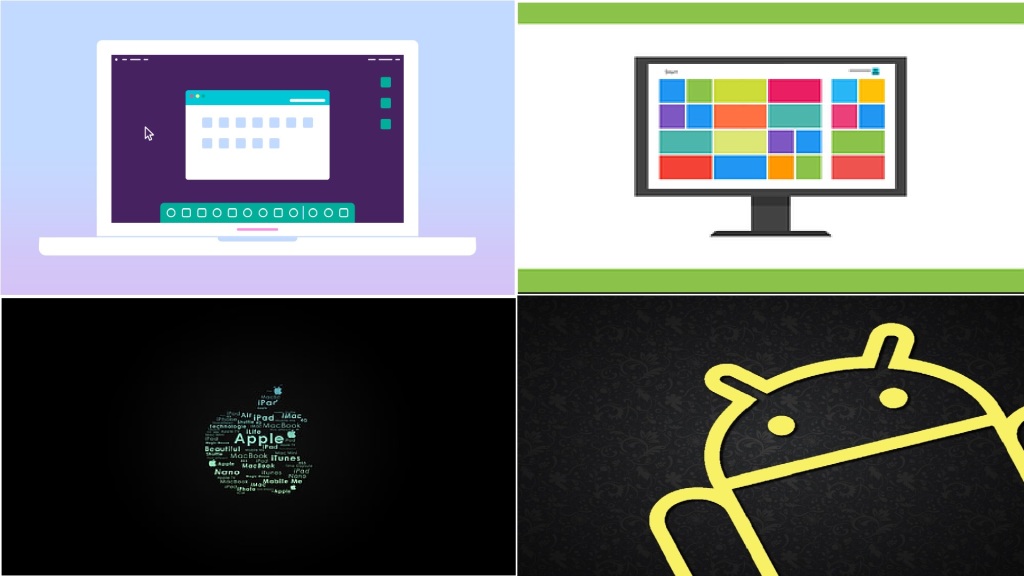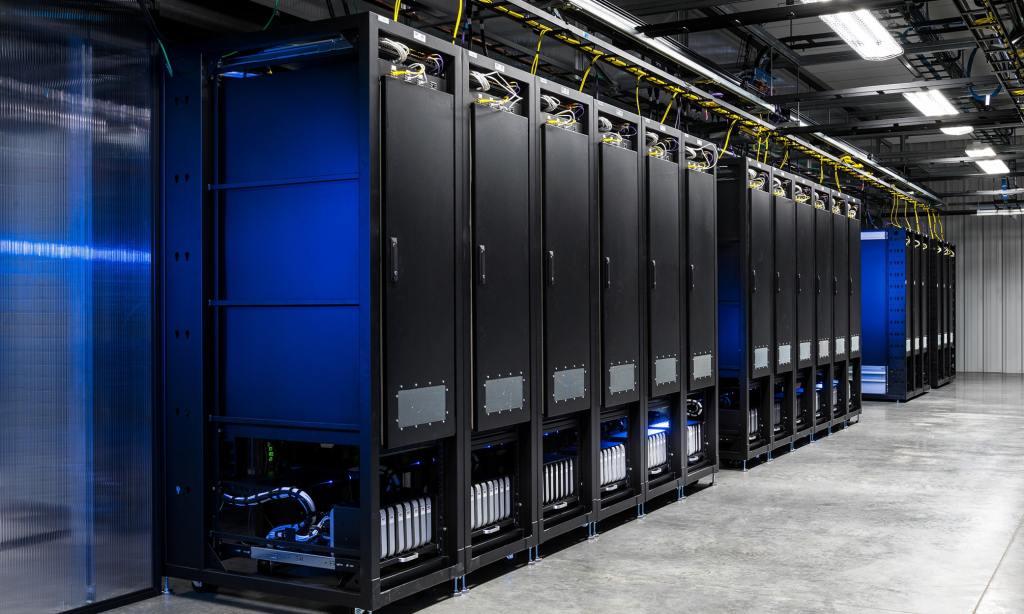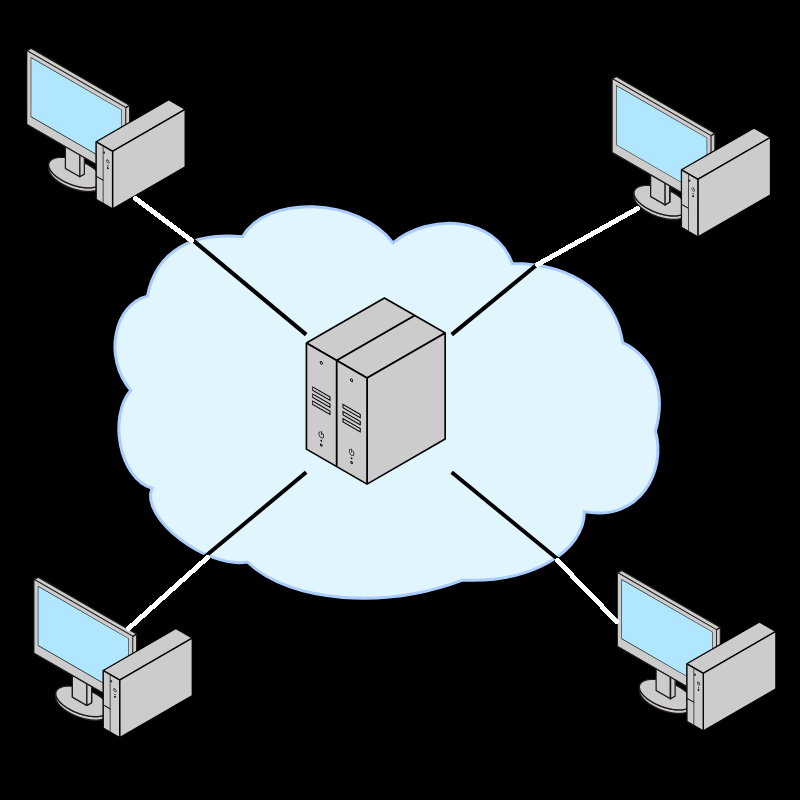Operating Systems

An operating system (OS) is a software that manages device hardware and software resources and provides common services for device programs 1. It acts as an intermediary between programs and the device hardware, although the application code is usually executed directly by the hardware and frequently makes system calls to an OS function or is interrupted by it 1.
Operating systems are found on many devices that contain a computer, a CPU or a processor – from cellular phones and video game consoles to web servers and supercomputers 1. They can be categorized by technology, ownership, licensing, working state, usage, and by many other characteristics 2.
Some of the most popular operating systems in the personal computer market as of September 2023 are:
- Microsoft Windows with a dominant market share of around 68%.
- macOS by Apple Inc. in second place with 20%.
- Varieties of Linux, including ChromeOS, collectively in third place with 7% 1.

In the mobile sector (including smartphones and tablets), as of September 2023:
- Android’s share is 68.92%.
- Apple’s iOS and iPadOS with 30.42%.
- Other operating systems with .6% 1.
There are also other specialized classes of operating systems (special-purpose operating systems), such as embedded and real-time systems, exist for many applications. Security-focused operating systems also exist 1.
What differs Windows OS from Mac OS
Windows and macOS are two of the most popular operating systems in the personal computer market 1. While both operating systems perform similar functions, there are some differences between them.
Here are some of the differences between Windows and macOS:
- User Interface: Windows has a graphical user interface (GUI) that is easy to use and navigate, with features such as the Start menu and Taskbar 2. macOS has a clean and intuitive GUI that makes it easy to use and navigate, with features such as the Dock and Mission Control 2.
- Gaming: Windows is known for its strong support for gaming, with many popular games being developed specifically for the Windows platform 2. macOS, on the other hand, has a smaller selection of games available 2.
- Productivity Tools: Windows comes with a suite of productivity tools like Microsoft Word, Excel, and PowerPoint for creating documents, spreadsheets, and presentations 2. macOS comes with a suite of productivity tools like Pages, Numbers, and Keynote for creating documents, spreadsheets, and presentations 2.
- Customization: Windows is highly customizable, with users able to change the look and feel of the operating system by changing themes and settings 2. macOS is also customizable but to a lesser extent than Windows 2.
- Compatibility: Windows has good compatibility with a wide range of hardware and software, making it a popular choice for both consumers and businesses 2. macOS has limited compatibility with hardware other than Apple’s own products 2.
Which One Is More Secure , Windows Or Mac?
The security of an operating system depends on many factors, such as the number of vulnerabilities, the frequency of updates, and the level of user awareness 1. Both macOS and Windows have their own security strengths and weaknesses.
According to a report by cybersecurity company Kaspersky, macOS is more secure than Windows due to the company’s policies and the lower number of machines running Apple’s operating system 2. However, this does not make macOS impervious to malware, and it is still recommended to install antivirus software on Macs 2.
Another report by information-security company Malwarebytes shows that both platforms are plenty vulnerable to security threats 1. In 2019, the average Mac faced more malware attacks than the average PC did for the first time ever. Not only was there a significant increase in the overall prevalence of threats against Macs in 2019, but the number of attacks per Mac was almost double that of PCs 2.
In conclusion, both operating systems have their own strengths and weaknesses when it comes to security. It is important to keep your software up-to-date and apply proper digital hygiene practices regardless of which operating system you use 12.
What Are the Differences between Windows and Linux?
Windows and Linux are two popular operating systems that have some differences.
Here are some of the differences between Windows and Linux:
- Cost: Linux is free and open-source software, while Windows is a commercial operating system that requires a license 12.
- User Interface: Windows has a graphical user interface (GUI) that is easy to use and navigate, with features such as the Start menu and Taskbar 1. Linux also has a GUI, but it can be more complex and less intuitive than Windows 1.
- Software Compatibility: Windows has better compatibility with most software applications than Linux 1. However, many popular applications like Google Chrome, Firefox, and LibreOffice are available on both platforms 1.
- Customization: Linux is highly customizable, with users able to change the look and feel of the operating system by changing themes and settings 1. Windows is also customizable but to a lesser extent than Linux 1.
- Security: Linux is generally considered to be more secure than Windows due to its open-source nature, which allows for more frequent updates and security patches 1. However, this does not mean that Linux is completely immune to security threats 1.
- Hardware Compatibility: Windows has better hardware compatibility than Linux, as most hardware manufacturers provide drivers for Windows 1. However, many hardware devices are supported by Linux as well 1.
What are Hardware Drivers Means or Do?
Hardware drivers are software programs that allow the operating system to communicate with hardware devices 12. They act as a bridge between the hardware and the operating system, enabling the computer to recognize and interact with the device 1.
Without drivers, hardware devices such as printers, scanners, and graphics cards would not work properly 3. Drivers are specific to each device and operating system, and they must be installed for the device to function correctly 12. If one or more driver is missing or outdated, the related or connected hardware may not be able to respond or function properly.
Windows can automatically check if there are drivers available for new devices that you connect to your computer 32. However, it is recommended to keep your drivers up to date by downloading and installing them from the manufacturer’s website or using a driver updater tool 4.
Servers OS
Server operating systems are designed for platforms that act as web servers, application servers, database servers, email servers, or other platforms running on a dedicated server. They offer various benefits compared to standard operating systems, including unlimited user connections, more memory, and advanced network optimizations1. Some of the most common server operating systems include:
- Windows Server: A popular server OS developed by Microsoft. It provides a wide range of features and services for file servers, such as security, quotas, backup, replication, and recovery2.
- Linux: An open-source server OS that offers flexibility and customization options. It is known for its stability, security, and scalability. Linux distributions like Ubuntu Server, CentOS, and Debian are widely used1.
- FreeBSD: A Unix-like server OS known for its stability and security. It is often used in web servers and network appliances.
- macOS Server: Apple’s server OS designed for macOS devices. It provides features such as file sharing, email services, and remote management .
These are just a few examples of server operating systems available in the market. The choice of a server OS depends on various factors such as the specific requirements of the server environment, compatibility with applications and services, ease of administration, and personal preference.
What Are Servers?

A server is a computer program or process that provides functionality for other programs or devices, called “clients”. This architecture is called the client-server model. Servers can provide various functionalities, often called “services”, such as sharing data or resources among multiple clients or performing computations for a client. A single server can serve multiple clients, and a single client can use multiple servers. A client process may run on the same device or may connect over a network to a server on a different device 12.
There are many types of servers, each with its own specific purpose. Here are some examples of servers:
- Web server: A web server is a computer program that serves web pages to clients over the internet or an intranet. Some popular web servers include Apache, Nginx, and Microsoft IIS 1.
- Database server: A database server is a computer program that provides database services to other computer programs or computers. Some popular database servers include MySQL, MariaDB, Microsoft SQL, and Oracle Database 1.
- Mail server: A mail server is a computer program that provides email services to other computer programs or computers. Some popular mail servers include Microsoft Exchange Server, Postfix, and Sendmail 2.
- File server: A file server is a computer program that provides file storage and retrieval services to other computer programs or computers. Some popular file servers include Windows File Server, Samba, and NFS 2.
- Print server: A print server is a computer program that manages printers and print jobs on behalf of other computer programs or computers. Some popular print servers include CUPS and Windows Print Server 2.
- Game server: A game server is a computer program that provides multiplayer game services to other computer programs or computers. Some popular game servers include Minecraft Server, Counter-Strike: Global Offensive Server, and Team Fortress 2 Server 1.
These are just a few examples of the many types of servers available today.

Conclusion For the Story of OS
Here we are at the end of the little discussion and hope it cleared some of the mystery points of most of the OS out now. Which one is more powerful, which is more secure. Some differences between OSs and some Examples too. What are drivers and what do they do? Also, some explanation about servers and their OSs. I’m sure you now want to know more and more about OSs, there are a lot of resources in the below list, go click on and enjoy more knowledge. Have fun, stay safe.
More Resources
- https://en.wikipedia.org/wiki/Operating_system
- https://www.britannica.com/technology/operating-system
- https://www.bleepingcomputer.com/news/microsoft/microsoft-releases-new-faster-teams-app-for-windows-and-mac-pcs/
- https://www.geeksforgeeks.org/difference-between-windows-and-macos/
- http://www.differencebetween.net/technology/difference-between-mac-and-windows/
- https://askanydifference.com/difference-between-mac-and-windows/
- https://www.tomsguide.com/features/windows-vs-macos-which-is-better-for-you
- https://mytechdecisions.com/it-infrastructure/windows-vs-macos-which-os-is-best-for-you/
- https://www.cm-alliance.com/cybersecurity-blog/mac-vs.-windows-which-os-is-the-best-for-you
- https://www.hexnode.com/blogs/macos-vs-windows-security-a-detailed-analysis/
- https://www.lifewire.com/free-driver-updater-tools-2619206
- https://www.howtogeek.com/415211/what-are-hardware-drivers-and-why-do-they-cause-so-many-problems/
- https://phoenixnap.com/kb/server-operating-system
- https://cloudzy.com/blog/best-server-os/
- https://www.computerhope.com/jargon/s/server.htm
- https://www.serverwatch.com/guides/what-is-a-server/





Leave a comment